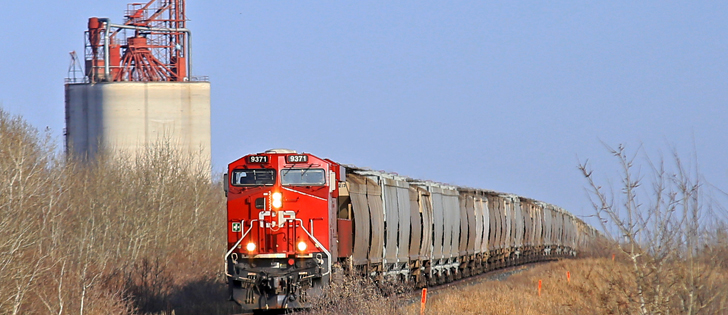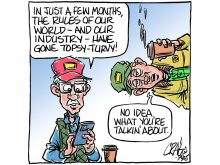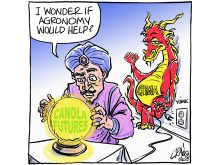Rarely has proposed federal legislation met with such widespread farm group support.
The new Transportation Modernization Act, called Bill C-49, has a host of measures designed to improve the movement of people and goods in Canada, but farmers are most interested in the part that addresses grain transportation.
Farm group news releases “welcomed” the legislation, said they were “pleased” with the content, and the Alberta Barley Growers went so far as to say it was “fantastic news.”
This support was a 180 degree reversal from the concern and rejection of much of the initial review of the Canada Transportation Act conducted by David Emerson, whose recommended reforms called for the grain transportation system to become more commercially grounded with less government involvement.
Read Also

High prices see cow-calf producers rushing to incorporate
Farm accountants are reporting a steady stream of cow-calf producers rushing to get their operations incorporated ahead of selling their calves this fall.
The public consultation on Emerson’s recommendations was initially light on hearing farmers’ views, but once Transportation Minister Marc Garneau did meet with producer groups, he apparently listened carefully and agreed with much of what was said.
Canada’s two major railways will likely be much less thrilled with C-49 because it would use the power of the state to offset the market power of their near duopoly.
The maximum revenue entitlement program will remain and be modernized. Railways will be credited individually for their capital investments. Previously the effect of capital investments by one carrier was shared equally when calculating the MRE.
Now if a railway buys grain hoppers, for example, it will fully reap the rewards in its own MRE.
New reciprocal penalties will mean railways will be charged for service failures, whereas in the past only shippers were penalized for contract failures.
Greater competition will be encouraged through longer interswitching provisions, to 1,200 kilometres in some circumstances.
The bill provides a definition of “adequate and suitable” rail service, which is important because previously, in any level of service complaint, the shipper had to argue its own definition, consuming time and resources and leading to inconsistent interpretation.
The need for transparency in grain transportation is addressed by a three-year extension of the grain monitoring program that produces data on rail and port performance.
Also extended is the Crop Logistics Working Group, a forum to exchange views and identify supply chain challenges and opportunities.
Of course, the details of the legislation must be examined before full satisfaction can be declared. Farm groups want clarification on the new long haul interswitching proposal and the formula that will be used for the maximum revenue entitlement.
And at the time of The Western Producer’s publication deadline May 19, there was no word on what had been another farm group desire — a full rail costing review.
The base line rail costs that are linked to the MRE process are long overdue for updating to recognize the great changes in the grain collection system, including elevator consolidation, branch line abandonments, more efficient locomotives and longer trains.
While the government’s carbon tax and proposal to eliminate deferred cash purchase tickets have met farmer resistance, this bill will likely be remembered as a major step forward in creating a fair and efficient grain transportation system for the 21st century.
Bruce Dyck, Barb Glen, Brian MacLeod, D’Arce McMillan and Michael Raine collaborate in the writing of Western Producer editorials.















